Software & computer science
Quick read

- Environment & sustainability
- Software & computer science
- Innovation Watch
Better batteries, crunchier biscuits: prize-winning startup Polaron solves material problems
When three Imperial College researchers set out to develop AI tools for making better batteries, they probably didn’t expect that the same tools might one day help fine-tune the texture of Oreos.
Quick read

- Software & computer science
- How I got here
- Issue 102
Q&A: Sarah Barrington, PhD student studying AI harms and deepfakes
After studying engineering in the UK and embarking on a career in data science, Sarah Barrington is now a PhD student at the University of California, Berkeley.
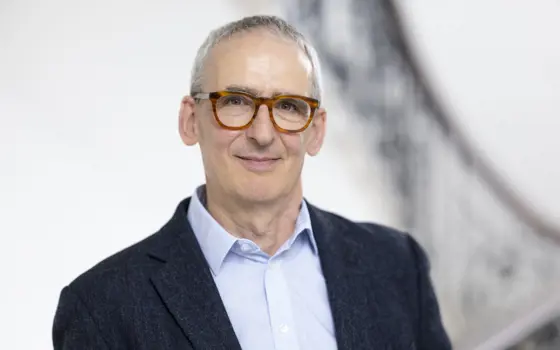
- Software & computer science
- Profiles
- Issue 101
A network for change
Dr John Lazar CBE FREng, the new President of the Royal Academy of Engineering, talks to Michael Kenward OBE about his role in changing the shape of network engineering and his passion for technology businesses that meet social needs.

- Environment & sustainability
- Software & computer science
- Issue 101
AI shakes up the world of weather forecasting
It has been a banner year for the UK’s AI powerhouse, Google DeepMind. Beverley D’Silva reports on how the company’s award-winning weather forecasting technology is transforming meteorology and beyond.
Quick read

- Software & computer science
- How I got here
- Issue 101
Q&A: Aurelia Brzezowska, cybersecurity expert
An Amazon Future Engineer bursary has helped computer science student Aurelia Brzezowska to make the connections and meet collaborators to launch a network for women working in tech.

- Health & medical
- Software & computer science
- Issue 100
Machine learning boosts medical devices
As AI becomes more widespread, medical devices are among the everyday technologies that could see real improvements. Stuart Nathan finds out how engineers are incorporating AI into hearing aids and prosthetic arms.

- Software & computer science
- Electricals & electronics
- Profiles
- Issue 100
Raspberry Pi: the chip that floated a thousand ideas
For Dr Eben Upton CBE FREng, floating the Raspberry Pi business on the London Stock Exchange is another step in a career that has straddled engineering and business.
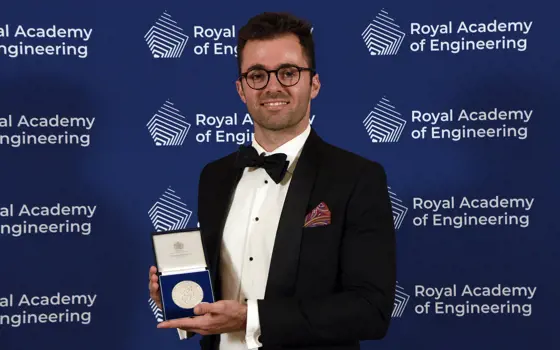
- Health & medical
- Software & computer science
- How I got here
Q&A: Dr Harrison Steel, researcher in synthetic biology
Dr Harrison Steele credits his beginnings in engineering to smashing up an old printer, aged four, to investigate the electronic wonders within. Today, he’s an associate professor at the University of Oxford developing biotechnology-based solutions to challenges in biomedicine and the climate crisis.

- Software & computer science
- Opinion
- Issue 68
Broadband needs its champions
Access to fast and affordable broadband communication has become an essential part of modern life. Dr David Cleevely CBE FREng, founder of several telecoms businesses, maintains that any strategy to deliver universal broadband has to jump from a high cost/low demand model to low cost/high demand.
Quick read

- Software & computer science
- Environment & sustainability
- How I got here
Q&A: Meng Wu, PhD student in data science
Having studied computer science and AI at university, Meng Wu has applied his skills in a wide range of fields. He’s now a PhD student based in Orkney, applying software and data engineering to help local fishing communities become more sustainable.

- Civil & structural
- Technology & robotics
- Software & computer science
- Issue 94
3D printing a bridge with a twin
Virtual models of structures could help engineers use less material and save CO2 emissions in future construction projects – like with this 3D-printed bridge in Amsterdam.

- Software & computer science
- Transport
- Profiles
- Issue 94
The entrepreneur solving engineering problems with data
Elspeth Finch MBE FREng started her first company in her 20s and is now heading up her second, which is using data to transform supply chain relationships.
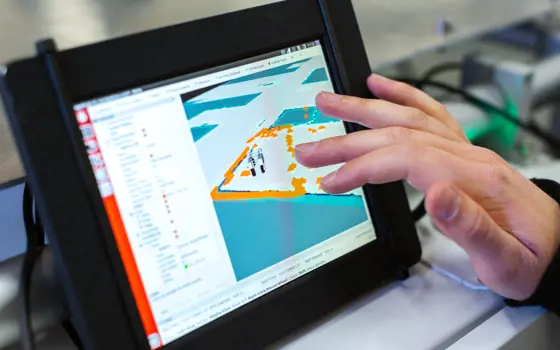
- Technology & robotics
- Software & computer science
- Issue 93
Using data in engineering
In engineering, data is being used in multiple ways to accelerate the transition to renewable energy and reduce unnecessary use of resources.
Quick read
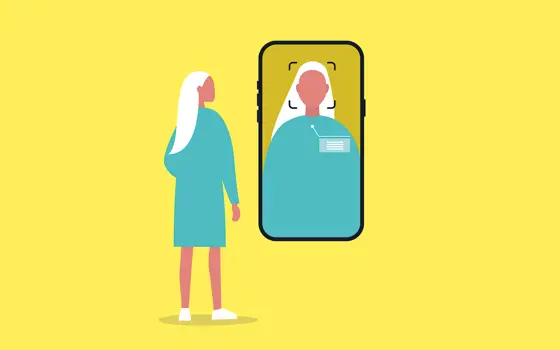
- Technology & robotics
- Software & computer science
- Sports & leisure
- How does that work?
- Issue 92
Face filters
It started with face swaps, flower crowns and appended dog ears. Now, all manner of transformative sorcery is just a tap away.
Quick read

- Software & computer science
- Arts & culture
- How does that work?
- Issue 91
How do NFTs work?
Love them or hate them, NFTs took the art world by storm in 2021. But even this far into their explosion in popularity, many people still have no idea what they are and how they work.
Quick read
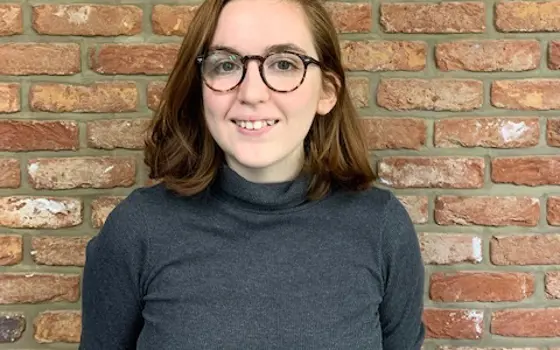
- Electricals & electronics
- Software & computer science
- Issue 90
Q&A: Rose Grey
Rose Grey is a higher software engineer at location services startup Focal Point Positioning (FocalPoint). She recently received an award from the Royal Institute of Navigation.

- Aerospace
- Electricals & electronics
- Software & computer science
- Issue 90
Supercharging GPS precision
With the help of startup FocalPoint (headed up by ‘the real-life Q’), we examine the past, present and near-future of this integral technology.
Quick read
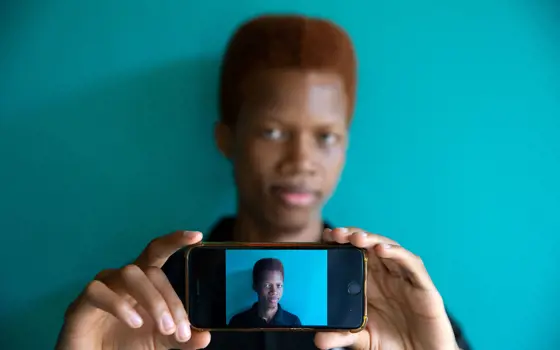
- Software & computer science
- Technology & robotics
- Innovation Watch
- Issue 88
Remote and secure ID verification
Charlette N’Guessan is an Ivorian tech entrepreneur who is passionate about solving local challenges with technology. She used her software engineering background to launch BACE API, a digital identity verification system currently being used in financial services in West Africa.
Quick read
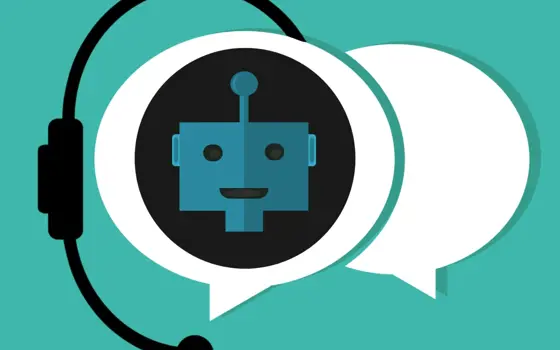
- Software & computer science
- Technology & robotics
- How does that work?
- Issue 86
How do chatbots work?
As human interaction online gradually gives way to automated responses, chatbots must impersonate us without attempting to replicate human empathy or enthusiasm.
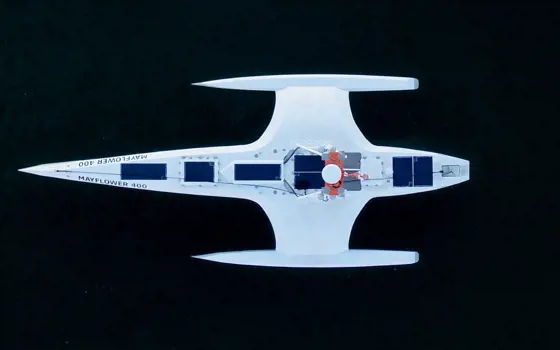
- Software & computer science
- Maritime & naval
- Issue 86
The Mayflower sails again
A fully autonomous vessel is preparing to retrace the 1620 route of the Mayflower ship from Plymouth to New England. Neil Cumins spoke to Andy Stanford-Clark, IBM’s UK and Ireland Chief Technology Officer, about the pioneering technology behind this 21st century mission.
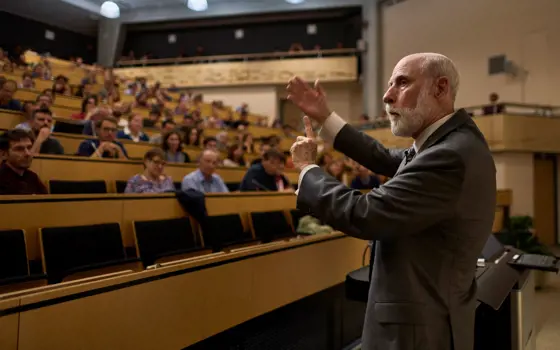
- Software & computer science
- Opinion
- Issue 82
Our 21st century information superhighway
Vinton G. Cerf, an American internet pioneer, explains how the highspeed transfer of information has become an integral part of our digital society, and touches on the infrastructure initiatives which would make the internet and communications networks accessible across the whole globe.
Quick read
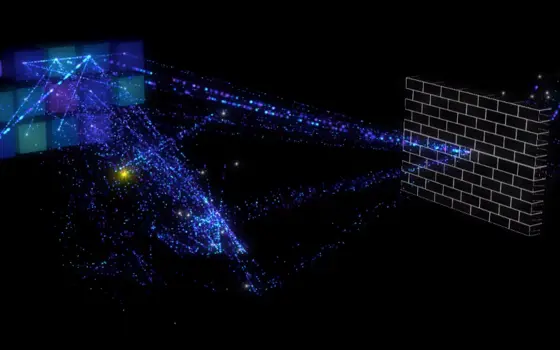
- Software & computer science
- Innovation Watch
- Issue 81
Darktrace, an immune system for computers
Darktrace has developed AI software designed to detect and defend against cyber threats from within computer networks – an immune system for computers.
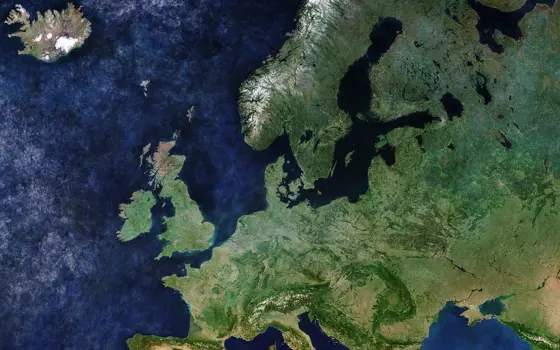
- Software & computer science
- Issue 77
The evolution of Earth observation
Satellite images are used to monitor changes in Earth’s natural and built environments, with applications in areas as diverse as land use, natural disasters and climate change. This collected data is becoming more widely accessible, resulting in it being used by companies to solve problems on Earth.

- Software & computer science
- Opinion
- Issue 76
Supporting the digitally left behind
As vital services are becoming increasingly online, a large community of people are being digitally left behind. IT systems experts Dan Bailey, Dr Maurice Perks and Chris Winter argue that it is up to IT systems engineers, among others, to ensure that everyone can take advantage of, and enjoy, the digital revolution.
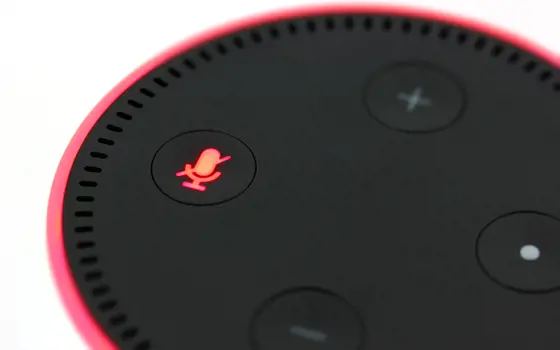
- Software & computer science
- Opinion
- Issue 75
Should we trust connected devices?
Domestic applications of the Internet of Things (IoT) can yield myriad benefits, but they also bring risks. Paul Taylor FREng, Partner, Risk Consulting, at KPMG LLP, asks whether these risks should make us question whether we should trust the devices that connect our homes to the internet.

- Software & computer science
- Issue 72
Chips that changed the classroom
The team behind the Raspberry Pi computer had big ambitions when it developed and launched an inexpensive device the size of a credit card. The computer won the Royal Academy of Engineering’s MacRobert Award and sparked a revolution in low-cost computing that has spread far beyond the classroom.
Quick read

- Software & computer science
- How does that work?
- Issue 72
Blockchain technology
Blockchain technology records secure online transactions through a shared and continually reconciled database. Originally created in 2009 to manage the digital currency bitcoin, it is now being considered for applications as diverse as online voting and cloud storage.

- Software & computer science
- Profiles
- Issue 72
Natural born code writer
A childhood introduction to writing software for a BBC Micro set Suranga Chandratillake FREng on a path that led to Silicon Valley, and a hugely successful software startup before he returned to the UK and began backing the next generation of young entrepreneurs.
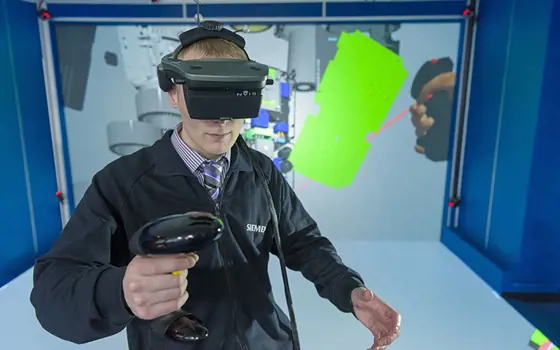
- Technology & robotics
- Software & computer science
- Issue 70
How virtual reality is changing engineering
Virtual reality is now well established in multiple industries and sectors, from entertainment, communications and education to design, scientific research and defence. Professor Anthony Steed explores how companies use immersive tech to transform their engineering processes.
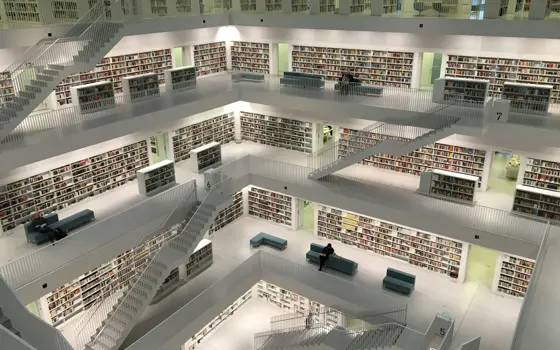
- Software & computer science
- Opinion
- Issue 69
Data as critical national infrastructure
Once considered dry and boring, data is an important asset and at the heart of a digital society. Professor Sir Nigel Shadbolt FREng, professor of Computer Science at the University of Oxford, sets out why data is a vital infrastructure that needs to be invested in, maintained and supported.

- Software & computer science
- Issue 68
Broadband in the backwaters: rural Britain's fight for faster internet
Superfast broadband is non-existent in some parts of rural Britain and the situation may not change soon. What is the state of broadband in the UK, what options are available and what are some innovative engineering solutions generated by rural communities to tackle the problem?

- Technology & robotics
- Software & computer science
- Profiles
- Issue 67
A web of networks
Information technology has come a long way since David Cleevely CBE FREng investigated the suitability of computers for word processing and communications. He has been shaking up innovation in the UK and trying to do something about the advice that governments receive on technical matters.

- Software & computer science
- Profiles
- Issue 64
Evolving the internet
He may have given the world the technology that speeded up the internet, but in his next move, Professor Nick McKeown FREng plans to replace those networks he helped create.

- Software & computer science
- Opinion
- Issue 62
EU clarifies the European parameters of data protection
The European Union’s General Data Protection Regulation, due for adoption this year, is intended to harmonise data protection laws across the EU. What are the engineering implications and legal ramifications of the new regulatory regime?

- Software & computer science
- Issue 61
The rise and rise of GPUs
The technology used to bring 3D video games to the personal computer and to the mobile phone is to take on more computing duties. How have UK companies such as ARM and ImaginationTechnologies contributed to the movement?

- Software & computer science
- Issue 57
Compact atomic clocks
Over the last five decades, the passage of time has been defined by room-sized atomic clocks that are now stable to one second in 100 million years. Experts from the Time and Frequency Group and the past president of the Institute of Physics describe a new generation of miniature atomic clocks that promise the next revolution in timekeeping.

- Software & computer science
- Issue 34
Pushing the barriers to model complex processes
In 2007, Imperial College London spinout Process Systems Enterprise Ltd won the MacRobert Award for its gPROMS (general-purpose PROcess Modelling System) software. Costas Pantelides and Mark Matzopoulos, two of the key people behind the success of gPROMS, tell how they created a way in which engineers can harness physics, chemistry and engineering knowledge within a framework that solves highly complex mathematical problems.